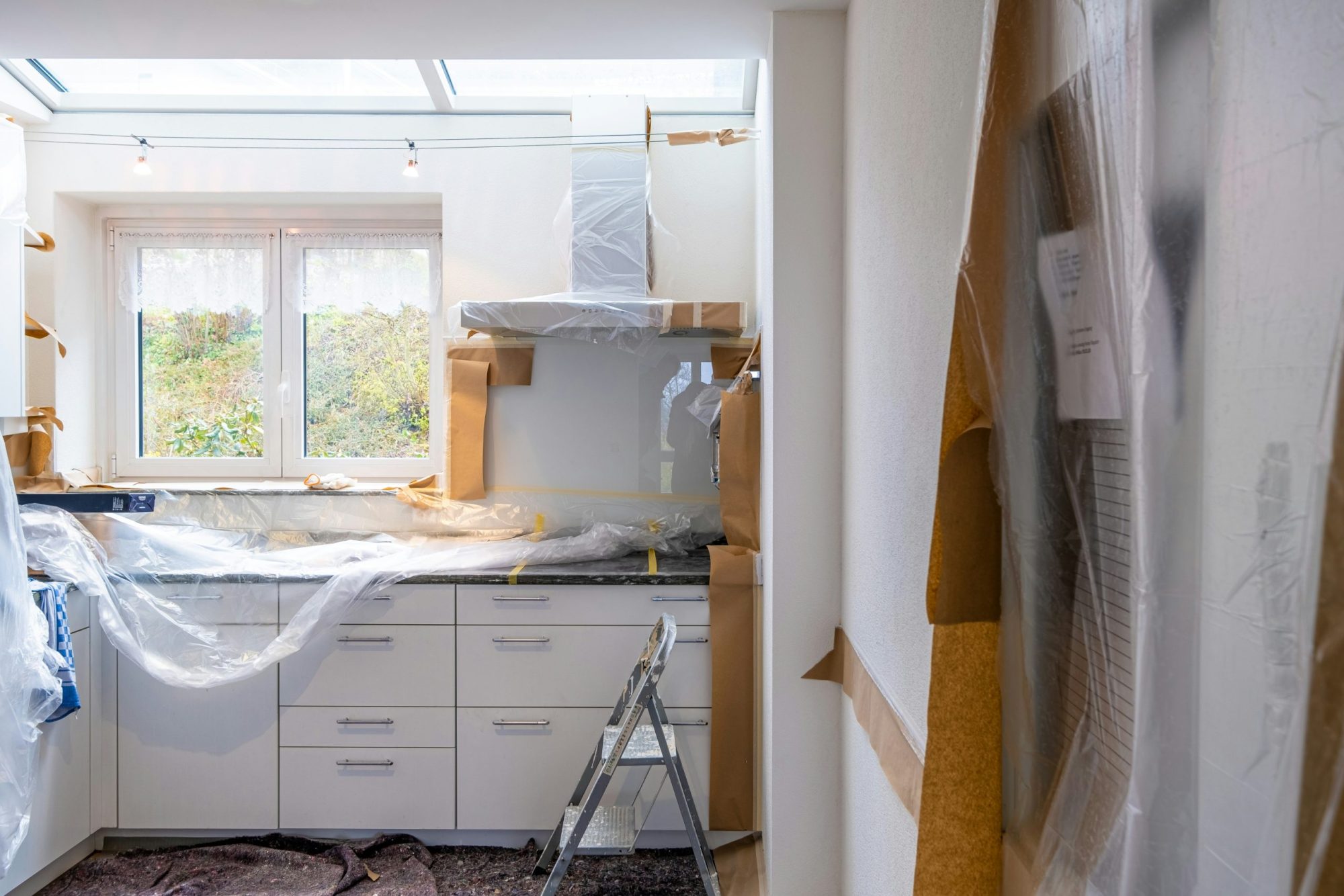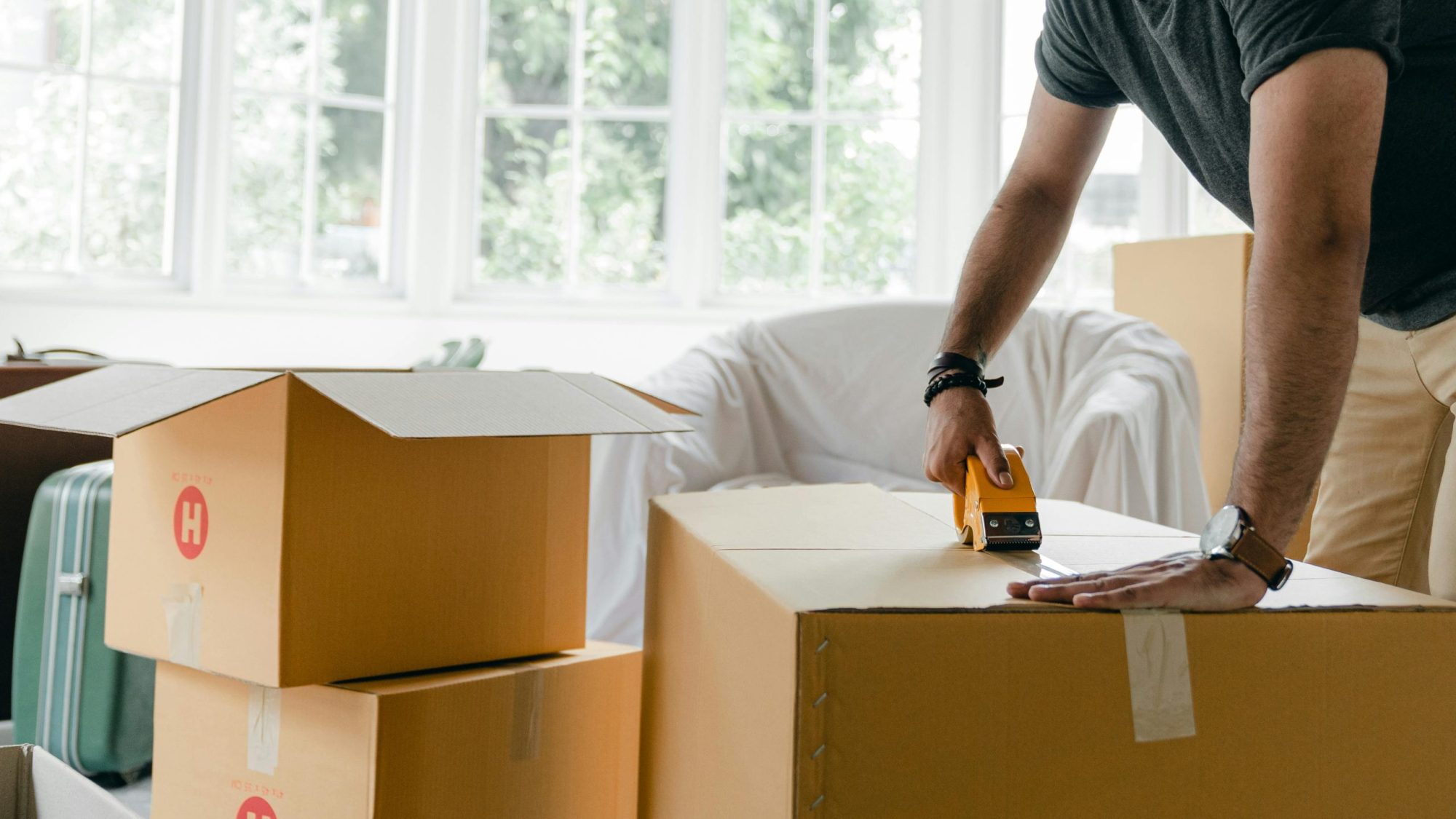How to Decide What to Keep and What to Let Go
Moving to a smaller home can be both exciting and challenging. On one hand, it’s an opportunity to simplify your life and enjoy lower living costs; on the other, it involves tough decisions about which belongings to retain or release. This guide offers practical tips for the downsizing dilemmas, covering everything from decluttering methods to selling or donating unwanted items. You’ll also learn how efficient planning can minimise stress, help you move house efficiently, and make the most of professional support when needed.
Why Downsizing Can Be a Positive Change
Before diving into the details of sorting and packing, it’s worth considering the advantages of a smaller space:
- Lower Costs
A smaller residence often means reduced rent or mortgage payments, plus less expensive utilities and council rates. - Less Maintenance
Fewer rooms translate to quicker cleaning and fewer repairs, giving you more time for activities you truly enjoy. - A Fresh Perspective
Downsizing prompts you to assess what you really value. It’s a chance to let go of clutter and focus on creating a comfortable, purposeful home environment.
By understanding these benefits, you can stay motivated as you tackle the tasks involved in the move.
Start Early and Budget Your Time
One of the biggest mistakes people make when downsizing is underestimating how long the process can take. Sorting through years of accumulated items isn’t a weekend chore—it’s a journey that often requires weeks or even months of preparation.
- Create a Timeline
Begin by marking your moving date on a calendar. Then, work backward to assign blocks of time for sorting each room. This approach ensures you won’t leave everything until the last moment. - Focus on One Area at a Time
Instead of flitting between different parts of the home, commit to fully clearing one space before moving on to the next. This prevents half-finished tasks that can add to your stress levels. - Delegate Where Possible
If you have family or housemates, involve them in the process. They can help with decisions, packing, and even delivering donations to local charities.
Deciding What to Keep: Key Questions to Ask
Choosing which items come with you is often the hardest part of downsizing. To make the process more manageable, ask yourself the following:
- When Did I Last Use This?
If an item hasn’t seen any use in the past 12 months, it’s a strong candidate for disposal or donation. - Does It Suit My Future Space?
Visualise where (and if) this item will fit in your new home. If you can’t picture it in a useful role, it might be time to let it go. - Can I Replace It Easily?
Some belongings, such as bulky hobby equipment, can be replaced later (borrowed, rented, or repurchased) if you truly need them again. - Is It Guilt or Real Sentiment?
Many people keep things out of a sense of obligation—perhaps it was an expensive gift or a family hand-me-down. If the emotional weight is more guilt than genuine affection, it may be worth parting with it.
These questions encourage a reflective approach, helping you sift through items systematically rather than hanging onto everything out of habit or fear.

Photo by Alex Green on Pexels
Effective Decluttering Strategies For Downsizing
Once you’ve decided to downsize, the next step is to declutter methodically. A few strategies can help:
Zone-by-Zone Approach
Start with areas that are less frequently used, such as spare rooms or the attic. These spaces often accumulate forgotten belongings—old furniture, boxes of memorabilia, or seldom-used sports gear. Clearing them out first builds momentum and frees up space for sorting items from more active areas later.
The One In, One Out Rule
Even as you’re downsizing, it’s easy to be tempted by new purchases or hand-me-downs. To maintain a balance, adopt a one in, one out policy: whenever you bring an item into your home, remove one. This method ensures you’re consistently pruning your possessions rather than letting them pile up again.
Sorting Boxes or Bags
Create four distinct categories: Keep, Sell, Donate, Discard. Label them clearly. As you handle each item, place it in one of these boxes. This structured approach means you’re making a choice immediately rather than shuffling items around endlessly.
Selling, Donating, and Recycling
A major part of downsizing involves parting with belongings that may still be usable. Instead of throwing these items away, consider eco-friendly or socially responsible methods:
Selling
- Online Platforms
Websites and apps like Gumtree or Facebook Marketplace let you connect with local buyers. It’s a quick way to pass on furniture, appliances, or electronics you no longer need. - Garage Sales or Car Boot Sales
If you have numerous items, hosting a garage sale can help you clear out space while making a bit of extra money for your move.
Donating
- Charity Shops and Non-Profits
Household goods, clothing, and books are often welcomed by charity organisations, provided they’re in good condition. - Community Boards
Post notices on local online forums to see if anyone needs the items you’re parting with. This is a quick way to rehome usable goods.
Recycling
- Local Council Facilities
Items like broken electronics, plastics, and cardboard can usually be disposed of at specialised recycling centres. - Textile Recycling
Worn-out clothes or bedding can sometimes be recycled rather than thrown into landfill. Check with local charities or recycling points.
By taking the time to sell, donate, or recycle, you reduce the environmental impact of your move. You also give your unwanted items a chance at a second life, helping those in need or contributing to a more sustainable community.
Planning the Logistics: Working with Britannia Lanes
Downsizing to a smaller home requires careful coordination, and partnering with a professional moving company can make all the difference. Britannia Lanes offers a range of services tailored to help you move house efficiently:
- Professional Removals
From packing fragile items to handling large furniture, their experienced team can save you time and reduce the risk of damage. - Secure Storage Solutions
Not sure where to store seasonal gear or treasured keepsakes that won’t fit in your new home? Britannia Lanes provides flexible storage options, letting you keep certain items safe until you decide their long-term fate. - Customised Advice
Their staff have helped countless individuals navigate downsizing dilemmas and can offer tips on packing, labelling, and finalising logistics. - Stress Reduction
Letting experts handle the heavy lifting frees you to focus on important decisions—such as which items to bring along and which to leave behind.
By collaborating with an experienced removal company, you can streamline the move and concentrate on settling comfortably into your new, smaller abode.
Labelling and Categorising for a Smooth Move
Once you’ve settled on which items are making the journey, a clear system for packing and labelling can save a great deal of hassle:
- Room-by-Room Labels
Write the target room in big letters on each box. Below that, add a short description of contents. This makes it much easier to place boxes where they need to go on moving day. - Fragile Stickers
If you have delicate glassware, electronics, or ornamental pieces, mark the boxes as fragile to ensure extra care in loading and unloading. - Create an Inventory
While not strictly necessary for every move, it can be extremely helpful to maintain a simple spreadsheet listing box numbers and basic contents. If you need to locate something quickly, you’ll know exactly where to look.
Arranging Your New Space: Layout and Storage
When you arrive at your smaller home, think of it as a blank canvas. You’ve put considerable effort into decluttering and sorting your belongings—now it’s time to make the most of your streamlined lifestyle:
- Plan the Layout
Sketch a rough floor plan or measure key areas to ensure furniture fits well without obstructing walkways or overwhelming the room. - Use Vertical Space
Shelves, wall-mounted racks, and tall bookcases can help keep surfaces clear and maximise the square footage you do have. - Opt for Multifunctional Furniture
Items like ottomans with built-in storage or sofa beds can serve more than one purpose, saving valuable floor space. - Keep it Simple
Resist the urge to overdecorate or fill every corner. Embrace the fact that a smaller space can feel airy and cosy if it isn’t overloaded.
Handling Sentimental Belongings While Downsizing
Many items that cause downsizing dilemmas are treasured heirlooms or things infused with memories. While sentiment is important, it’s also crucial to keep a firm grasp on practicality:
- Limit the Quantity
Choose a few truly meaningful objects to display in your new home, rather than holding onto every keepsake. Quality often outweighs quantity. - Photograph and Document
If you struggle to let go of certain items, take detailed photos and jot down the stories behind them. This preserves the memory without taking up physical space. - Gift to Family Members
Relatives might appreciate inheriting items with family history. This way, you stay connected to your heirlooms without having them occupy your new, smaller living area.
Staying Organised After the Move
Downsizing isn’t just about the move itself—it’s also about adopting new habits that prevent clutter from building up again. Maintaining an organised space is easier when you:
- Schedule Regular Declutter Sessions
Mark your calendar every few months to review your home. If you notice possessions piling up, decide whether to rearrange, donate, or toss items that no longer serve a purpose. - Apply the One In, One Out Rule
Keep your clutter in check by consistently removing an item whenever you acquire something new. This helps you stay conscious of what you bring into your home. - Embrace Minimalism
Even if you don’t adopt a fully minimalistic lifestyle, consider selective minimalism in areas that tend to gather clutter quickly, such as kitchen counters or entryways. - Keep Essentials Visible
By storing daily-use items in easy-to-reach places and tucking away non-essentials, you’ll maintain a calm, streamlined environment.
Ensuring a Smooth Transition
While downsizing involves a fair amount of work, the outcome can be incredibly rewarding. A smaller home often leads to a more sustainable lifestyle, reduced bills, and a more peaceful living space. The key is to approach the process methodically—sorting your belongings, setting up efficient packing systems, and partnering with a reputable removal service like Britannia Lanes.
Remember to:
- Start the decluttering process as early as possible.
- Use clear, consistent labelling.
- Be honest with yourself about which items you truly need.
- Take advantage of storage solutions if you need extra time to decide.
- Embrace the benefits of a simpler, more intentional home.
Downsizing might feel overwhelming at first, but with the right mindset, it becomes an opportunity to focus on the belongings and experiences that matter most. By adopting thoughtful downsizing tips and focusing on moving house efficiently, you’ll look back on the process as a positive step toward a more manageable, meaningful life.





